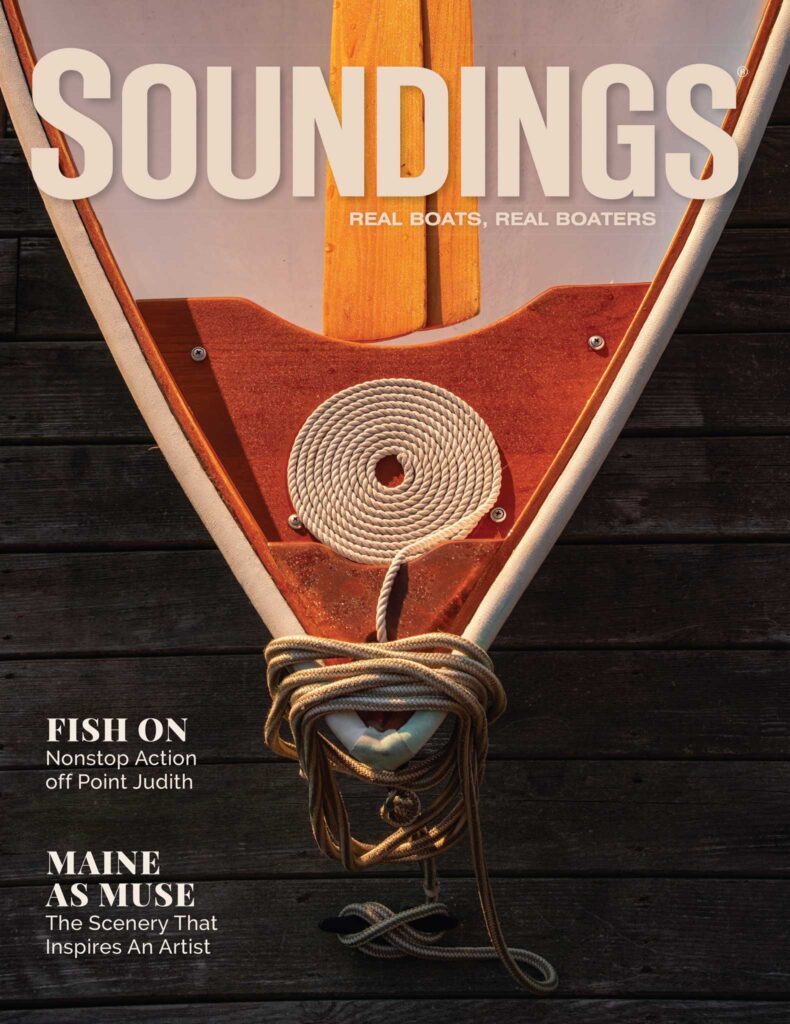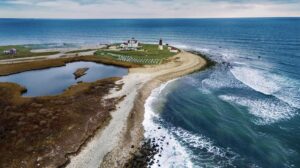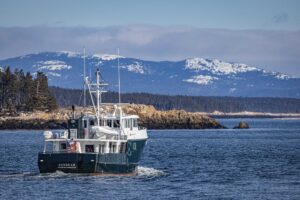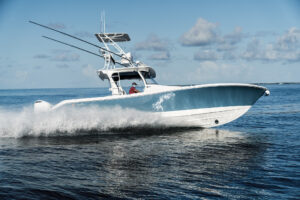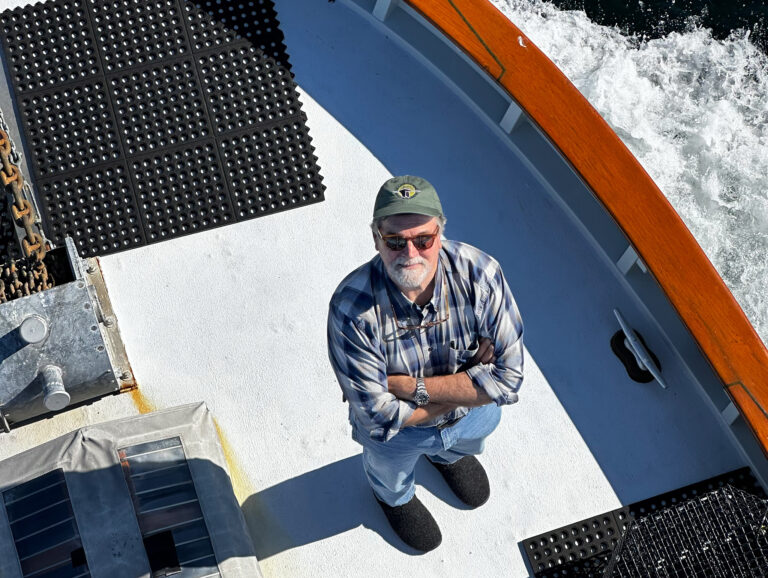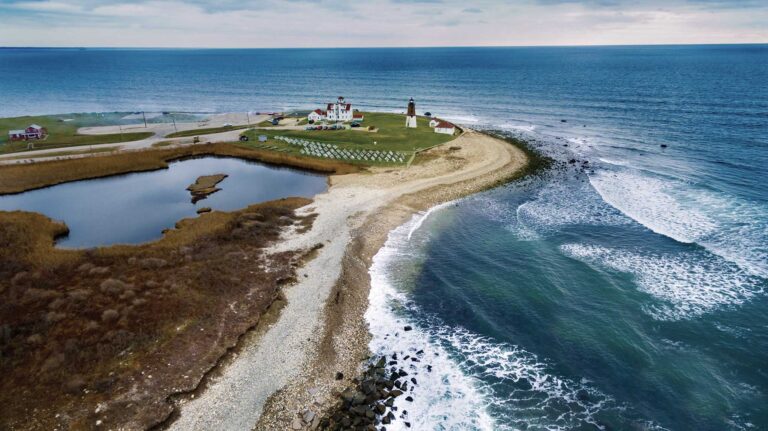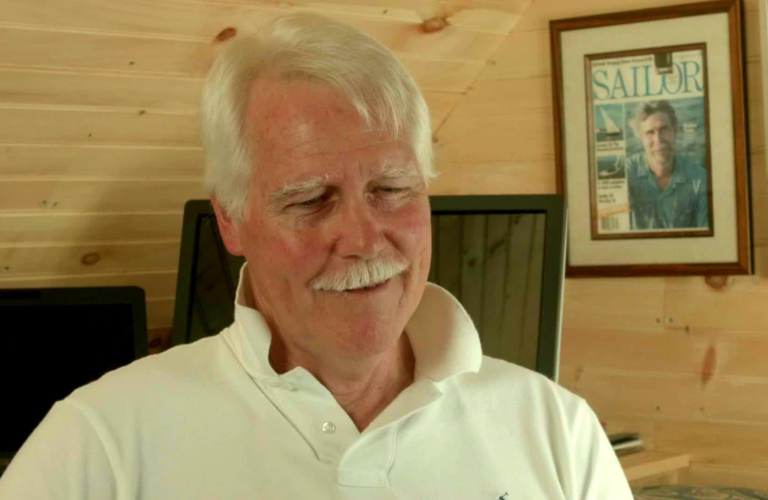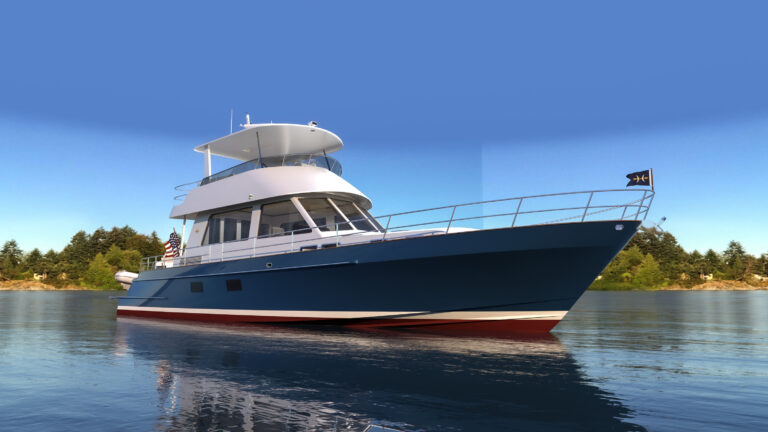Every year, hundreds of boaters navigate the Atlantic Intracoastal Waterway (AICW), moving south in the fall and back north in the spring. Called “The Ditch” by many, the AICW is cobbled together from bays, sounds, canals and rivers that allow travelers to skip offshore passages when making their way. It starts at Mile Marker Zero in Norfolk, Virginia, and heads south to Key West, Florida, although some also include the New Jersey Intracoastal Waterway, which starts at the Manasquan Inlet and unofficially extends the AICW through the Delaware and Chesapeake Bays.
The Intracoastal Waterway is a well-worn groove in the Atlantic seaboard with over 200 years of history. Devotees of The Ditch often have five or more transits under their belts. A common dilemma for many of these snowbirds is budgeting for what is essentially a boat delivery from one cruising ground to another. Soundings asked experienced cruisers to share their tips for managing the biggest wallet-draining aspects of this 4- to 6-week voyage.
Fuel
Fuel is a major expense, especially for larger boats with multiple engines that can consume many hundreds of gallons or more along this route.
Resources like the Waterway Guide are a great help. The Guide and its online app update fuel dock prices weekly to help you stretch those dollars. A BoatUS membership can provide fuel discounts, some as much as 30 cents per gallon in certain areas. Other ways to conserve fuel include carrying your tender instead of towing to minimize fuel-guzzling drag, keeping a clean and slippery bottom, running only one engine at a time at slow speeds, and taking advantage of favorable currents.

Kimberly Thomas completed her fifth Ditch transit on Pegu Club, her Bristol 29.9 sailboat, last fall. “Keep a steady speed and don’t fight the currents,” Thomas says. “Set an rpm and stick with it to optimize consumption. With good timing, you’ll be able to ride with the current halfway to or past each inlet from the Atlantic.”
For sailors, actually sailing the ICW is aspirational. Open stretches on Pamlico and Albemarle sounds are the exceptions. Otherwise, a sailor may be able to set a jib to help with motorsailing, but in essence a boater should be prepared for lots of long slow motoring on the Ditch.
Tom and Kathy Dove—who have done the ICW multiple times on a sailboat and most recently on Snowbird, their Grand Banks 32 trawler—have a piece of critical advice: Know your boat’s Speed/Length ratio, which is the speed in knots divided by the square root of the waterline length in feet. The S/L ratio is a little shy of hull speed and optimizes fuel consumption. Dove says you should calculate your boat’s S/L and then use it to find your engine’s fuel efficiency sweet spot. “I run at 1600 rpm, which gives me 6.64 knots or 7.64 mph at an S/L of 1.2, where I burn 1.6 gallons per hour giving me a 740-mile range,” says Dove. “Anyone running a boat in displacement mode should know this data for their own vessel.”
Routing & Timing
Informed routing can make a run on The Ditch much more efficient. It can help you avoid headwinds, groundings on shifting sandbars, and unexpected detours that add mileage. ICW veterans reference multiple sources for routing information, including Cruisers Net with Notices to Mariners, ActiveCaptain for charting, and the Marine Trawler Owners Association and Trawler Forum for more interactive advice. Many also follow the AquaMap app and Bob Sherer’s Facebook page Bob423, where you can learn about depth changes, off-station buoys and other hazards. Most of these resources are free or available for a nominal fee.

Those who have run the Ditch multiple times know that timing is key too. “If you leave too late in the season, it’ll be cold, forcing you to use a diesel heater,” says Dove. “If you leave too early, you’ll need air conditioning run by a genset, so try to depart in the latter part of October. This should get you to Florida in a window when you won’t have to buy supplemental hurricane coverage for your boat insurance.”
Berthing
The AICW can be tricky at night, so most people travel during the day, making 30 to 50 miles. If you are working with a budget, carefully choose where to tuck in for the evening. Marinas are expensive, charging $10 to $30 per linear foot. Instead, look for anchorages or mooring fields. You can also research locations of free or low-cost municipal docks in The Waterway Guide. “Marinas may let you use their showers, laundry, trash dumpsters and free pump-out services even if you’re anchoring out or in their mooring field,” adds Thomas. “You may get the same essential services for a fraction of the cost of actually tying up, or you can sometimes get free dockage with dinner from a waterfront restaurant.”
Amanda Spindel on Rasmus, a Hallberg Rassy 35 sailboat, has inside scoop on free dockage that can be found on ICW Free Docks, a website that is searchable by state. “It’s best to call ahead to make sure there’s availability,” she adds.
Chuck and Helen Fadely have done three roundtrips on multiple sailboats and have free dockage dialed in. “We seldom stay in marinas because they’re a real budget buster,” says Fadely. “The exception is in Charleston, which we consider the best food town on the East Coast.” The Fadelys carry two anchors for tricky anchorages and have big fenders and long lines for some of the downtown city docks where they may be exposed to ferry and freighter wakes.
The final piece of the puzzle is to set a daily travel schedule. Dove says 6 to 7 hours is his limit before he gets tired and starts making bad decisions. By stopping early, he can find a solid anchorage and avoid going to a marina, especially during months when the days are shorter.
Food & Entertainment
Provisioning well and cooking aboard rather than eating out will save a bundle. There are many towns along the ICW, most with large discount warehouse food stores like Costco, if you can store large quantities aboard. Use Google Maps to find the nearest stores.
To save on Uber and taxi fees for shopping, Spindel says you can have groceries delivered to the boat from numerous stores via Instacart. She’s also a fan of Amazon Locker, a service that will hold your packages (including gear and spare parts) for up to 72 hours. Lockers are free for Prime members.
Many of us view eating out as a part of socializing, which is why it’s so tempting but there are alternatives. “Try doing sundowners with cruisers on a beach instead of pricey cocktails at a bar,” says Thomas. “You can make your own happy hour with like-minded people for much less. Potlucks are also an economical way to share a meal and good conversation.”
Everyone has a different tolerance for cooking and cleaning up. “Kathy and I are notorious non-cooks,” laughs Dove. “So, we like to dock and eat out every three to four days. Of course, a hearty breakfast is a treat too and much cheaper than dinner.”
Outfitting
Set up your boat and its equipment to save money. Consider adding solar panels, lithium batteries and large alternators to increase self-sufficiency at anchor. You may be able to forgo a marina and a genset as well.
Connectivity is another place to trim expenses, especially if you’re still working remotely. Although there are dead spots along the ICW, you won’t need satellite communications like Starlink. Instead, opt for a hot spot to connect all your devices. “We pay $90 a month for 180 gigabytes, which is plenty for our needs,” says Thomas.
Tablets and phones can replace expensive multifunction displays in many cases, repeating navigation information from one central screen. “I like to run two iPads simultaneously, plus the boat’s MFD,” says Dove. “I can have one zoomed in, the other out, and the third providing detailed notes from one of many resources because the Magenta Line [which is supposed to denote the ICW on the nav chart] is often missing, or it doesn’t have enough water under it.”
Many cruisers agree that the key to stretching the budget is to slow down, and that can be an enjoyable experience since The Ditch offers colorful cruising. Enjoy the leisurely gatherings and the sunsets and know you’ll learn invaluable lessons from others along the way. “Just look at it as a series of day trips and it’s less intimidating,” says Thomas. “An ICW cruise is not that expensive and it highlights all our similarities rather than our differences.”
This article was originally published in the February 2024 issue.

